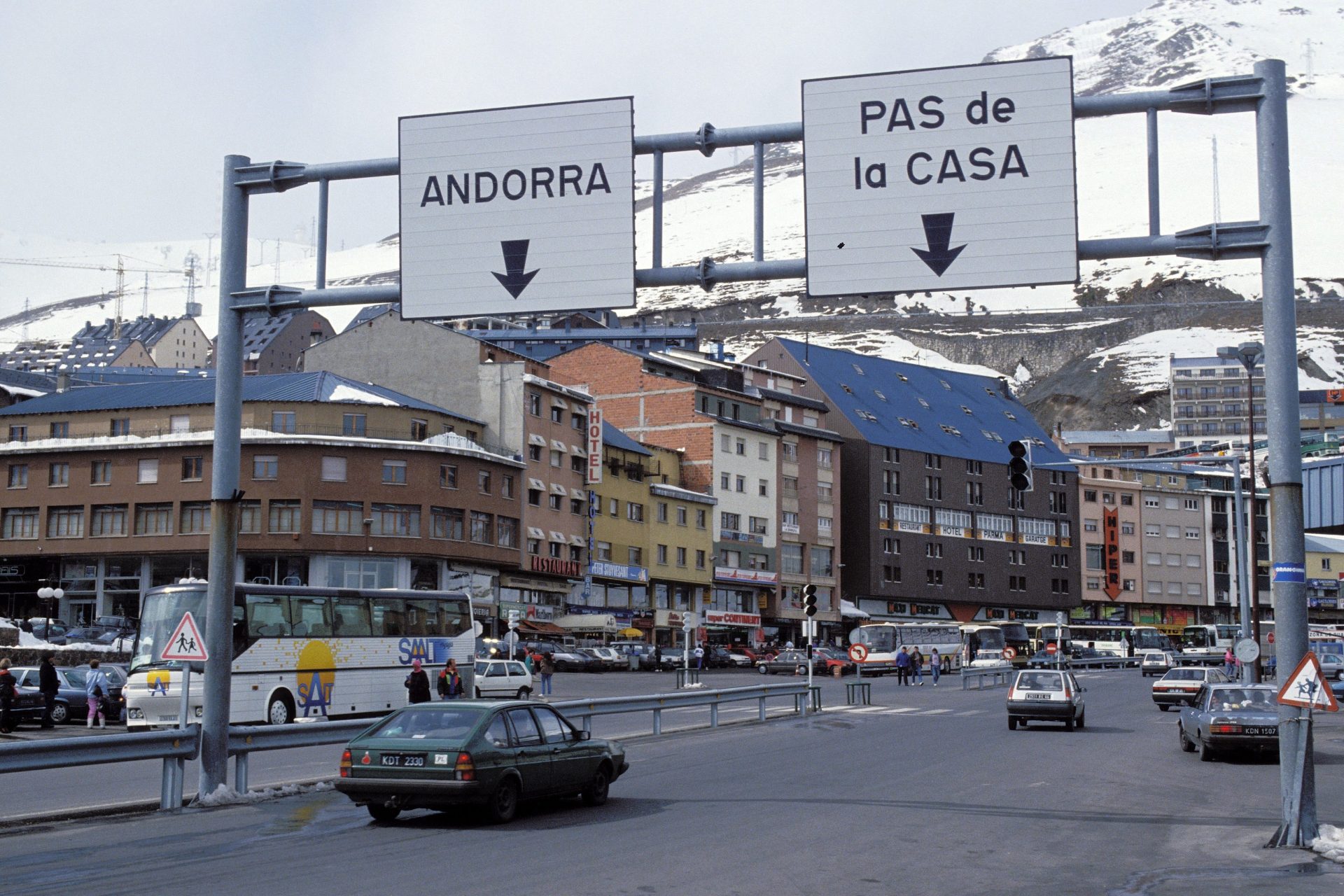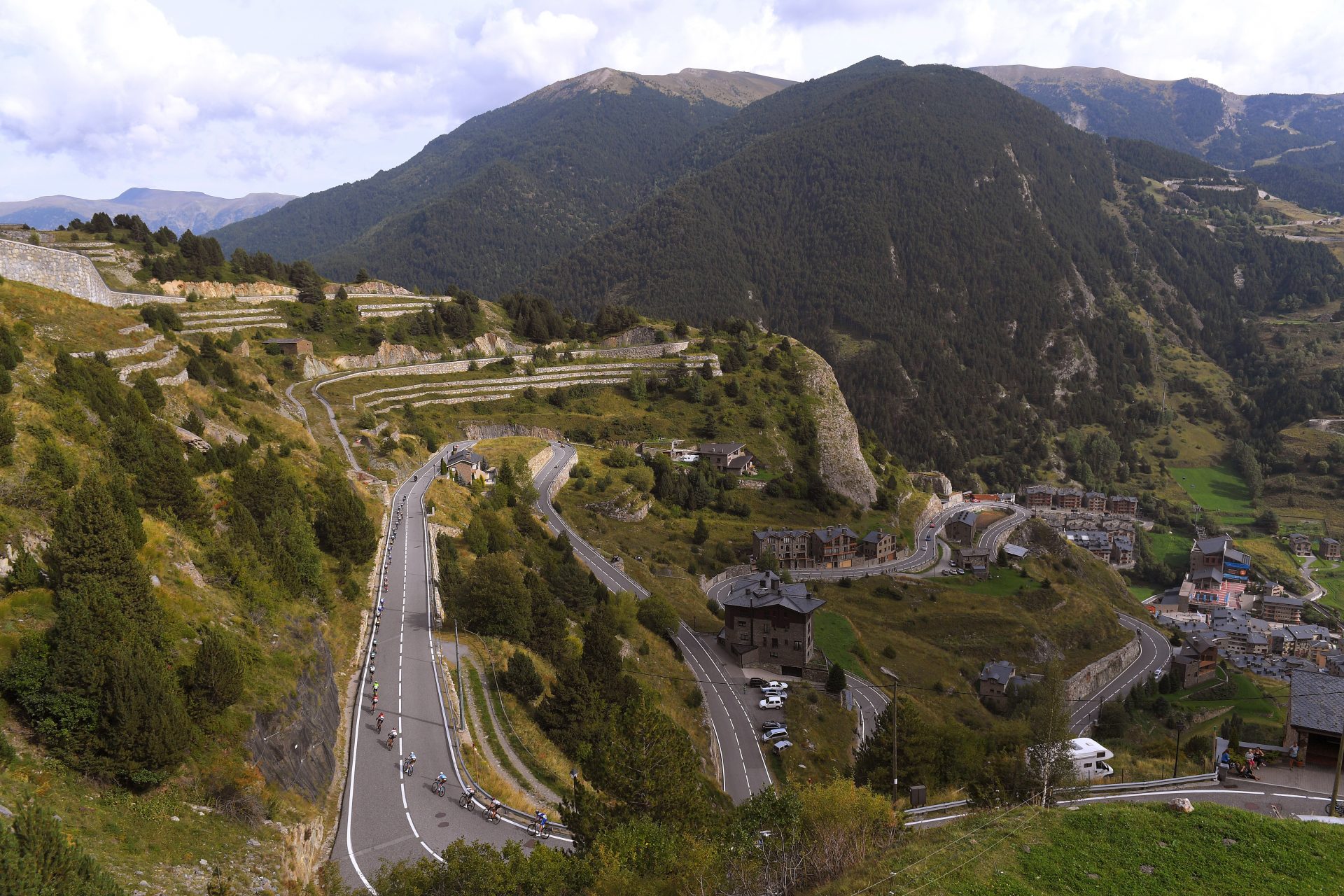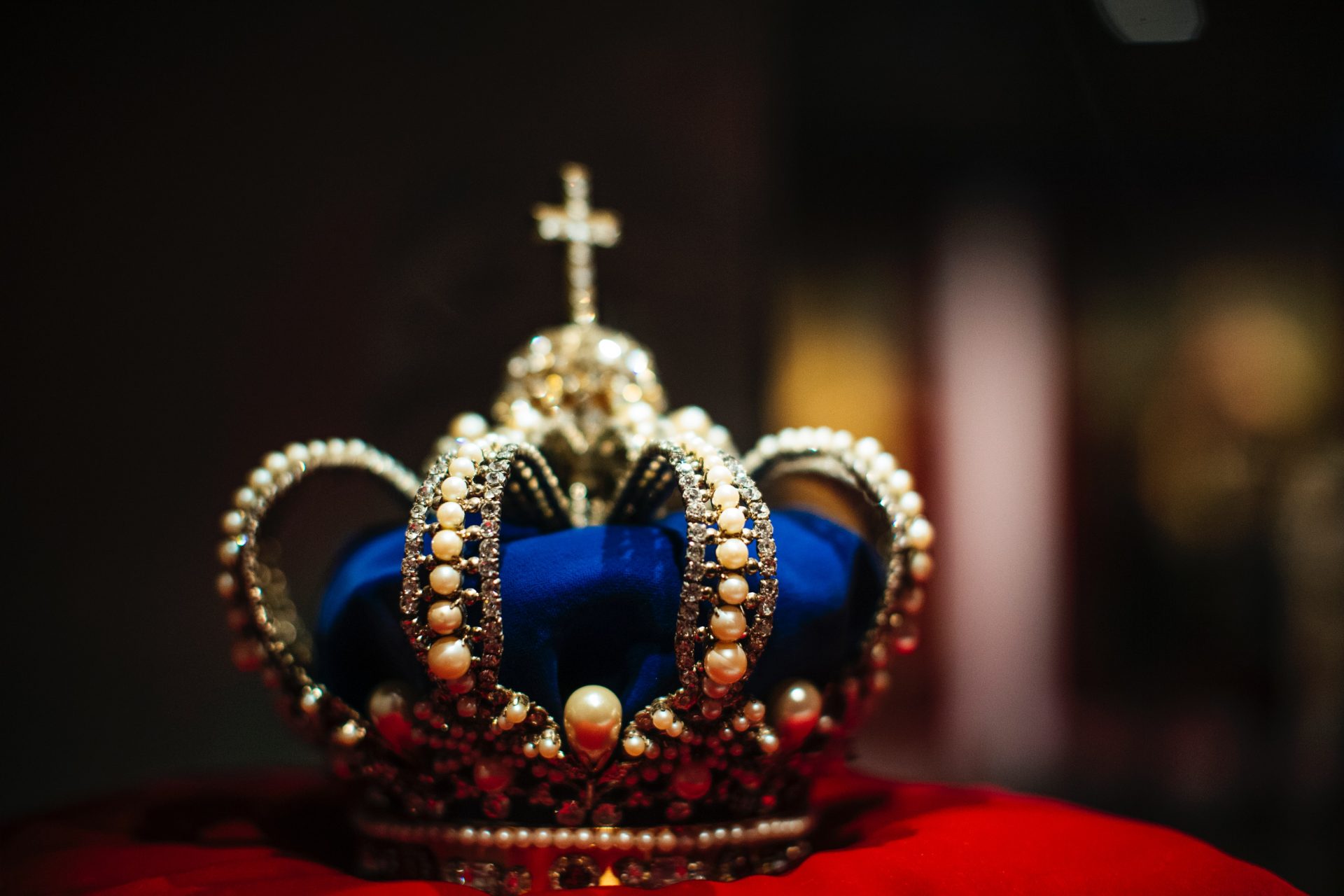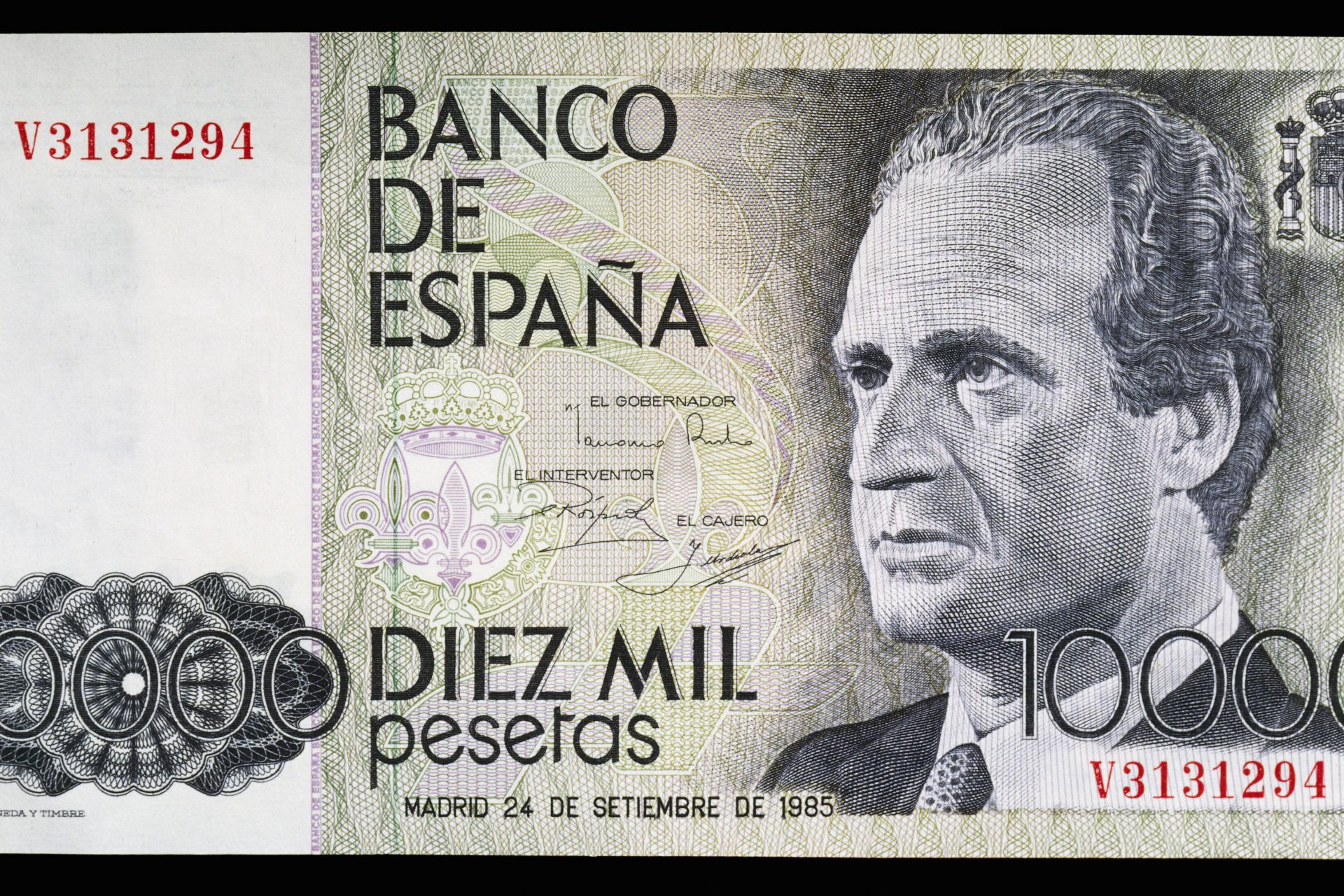The Russian conman who became king and other weird facts about Andorra
Andorra is not a country exactly known for being large or a highly populated. Located between France and Spain, this tiny nation with the population of Gary, Indiana, if far more interesting than you might think. If you don't believe us, keep reading.
The official name of this small country in the Pyrenees is the Principality of Andorra. However, where is the prince of Andorra?
Andorra has been co-governed since 1278 by a diarchy, with a French and a Spanish Head of State. Currently, the president of France is one of the Princes of Andorra.
But then who is the Spanish Prince of Andorra? Pedro Sánchez? Felipe VI? Julio Iglesias? It's Joan Enric Vives y Sicilia, bishop of Urgell. The Principality has been co-ruled by this Spanish diocese since 1278.
In fact, Andorra is one of the two current-day states that has a member of the clergy of the Catholic Church as Head of State. The other one, of course, is the Vatican.
Speaking of the Vatican, Andorra is the second nation with the most museums per square kilometer, after the Holy See. The principality's 468 square kilometers (181 square miles) is home to 18 museums.
However, nature is what dominates over Andorra's landscape with 90% of the principality being made up of mountains, rivers, forests, and meadows.
The Madriu-Perafita-Claror Valley, a glacier-valley southeast of the principality, was declared a World Heritage Site in 2004. In other words, 10% of all of Andorra is considered a UNESCO heritage site.
The singular government of the principality was threatened in 1934, when the Russian adventurer and con artist Boris Skossyreff managed to crown himself monarch of Andorra without any legal basis, except by stealing the hearts of most Andorrans.
According to the Spanish newspaper La Vanguardia, Boris I's reign in the Pyrenees only lasted 13 days, when two officers of the Spanish Guardia Civil arrested Skossyreff and took him to prison.
Image: markusspiske / Unsplash
Andorra is the only country where Catalan is the only official language, but French and Spanish are very widespread due to the proximity and influence of France and Spain.
In fact, despite Andorra's historical independence, the principality has never had an official currency and has instead made use of pesetas and francs in the past, with a marked preference towards the Spanish currency.
When France and Spain adopted the euro between 1998 and 2002, the European Union currency became the only currency within Andorra.
Although Andorra is not part of the European Union, the principality has had an agreement with Brussels since 2013 to be able to mint the euro with its own design.
Andorra also has one of the oldest and smallest parliaments in the world. The General Council of Andorra claims to have been created in 1419 so that local denizens could have self-rule. Since then, it has evolved into a modern European legislature.
The current Andorran legislature is made up of 28 deputies and led by a General Syndic. From 1701 to 2011, legislators held sessions in the Casa de la Vall, one of the most emblematic historical buildings in Andorra la Vella, the principality's capital.
More for you
Top Stories





























